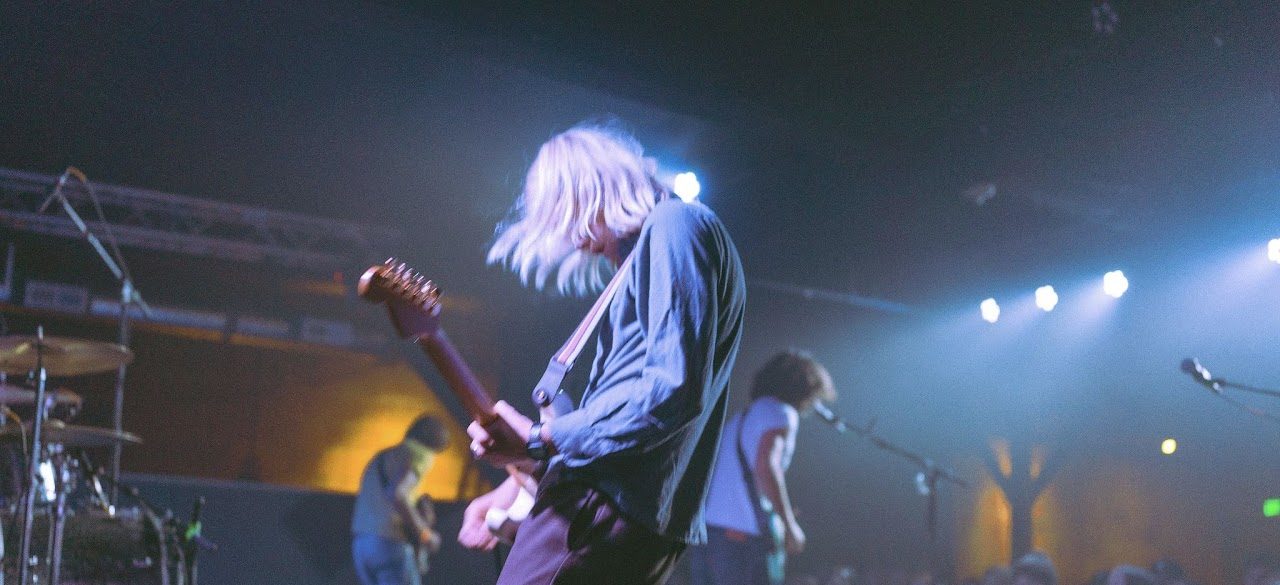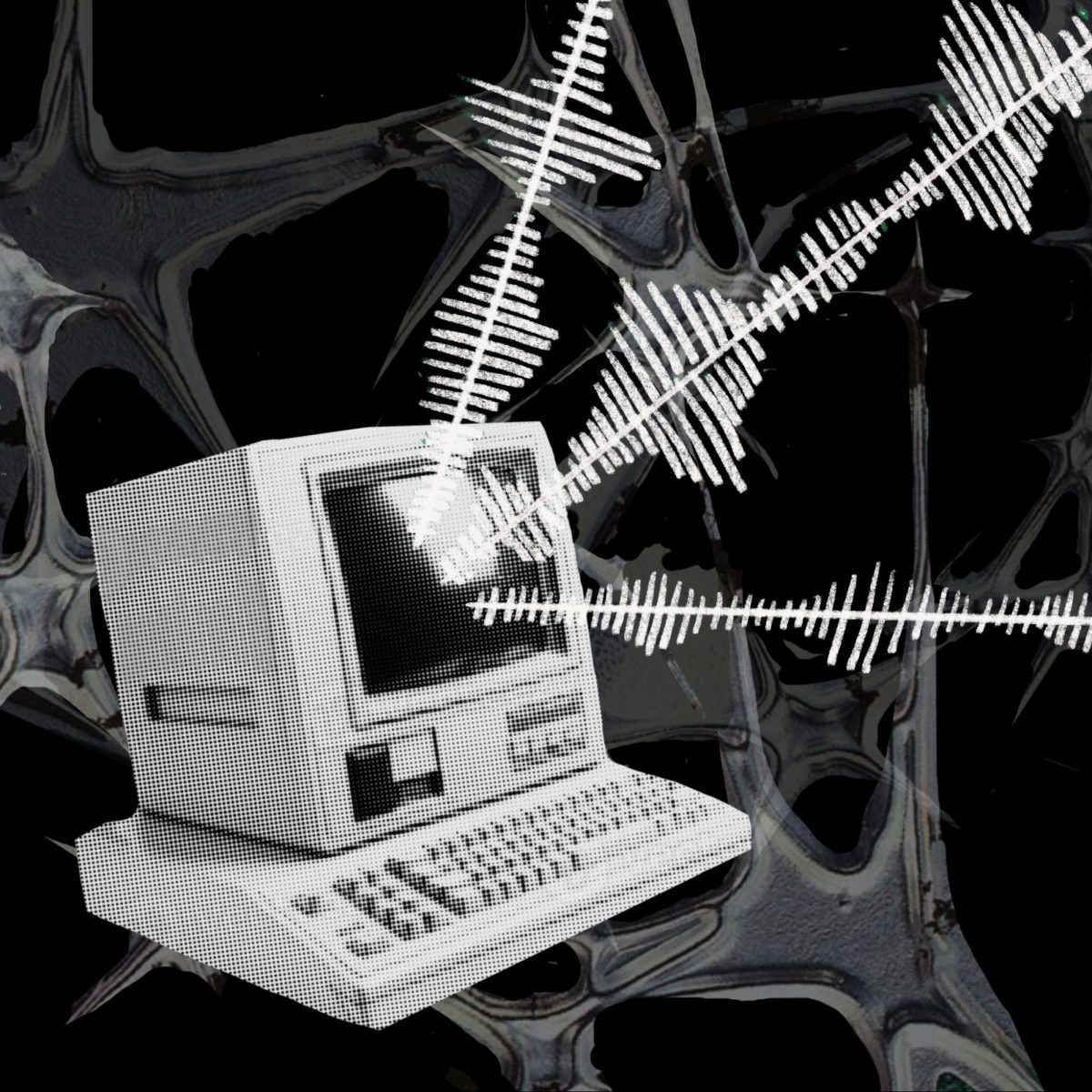Sampling songs has become a staple in the music industry, with listeners often recognizing familiar riffs or lyrics in newer songs. That sense of familiarity often leads them to research the origins of those songs and the original writers. Sometimes a sample could come from a source that people least expect.
What does that mean for the original artist?
The benefits for both are big
When an artist expresses their gratitude over the use of their song in another’s, it can greatly help both artists maintain a cultural status in the modern world. An example of this was when American rapper Eminem interpolated (rerecorded) the Steve Miller Band’s “Abracadabra” for his 2024 single “Houdini.” Steve Miller said in a statement that he was honored that Eminem sampled their song and called him “one of those timeless originators building something new on a long musical legacy of original artists.”
It isn’t just cultural — it also helps economically. Rapper Doechii released her track “Anxiety” earlier this year, which heavily samples the song “Somebody That I Used To Know” by Gotye and Kimbra. The track allegedly generated $1.165 million in 2025, accounting for both the publishing rights and masters of the original song, with royalties going to the original songwriters.
Sampling and the law
To legally sample a track, artists must secure clearance for three elements: the recording, the composition (music and lyrics) and any distinctive performances such as riffs.
Artists can stumble into it by accident. Famously, English artist Dua Lipa interpolated the melody for “I Need You Tonight” by INXS for her song “Break My Heart.” Realizing she could be sued, she gave songwriting credit to INXS members Andrew Farriss and Michael Hutchence.
While some things can be resolved, it can also lead to full-blown legal cases. One example was when English rock band The Verve sampled The Rolling Stones’ song “The Last Time” (performed by the Andrew Oldham Orchestra) for their song “Bitter Sweet Symphony” in 1997. Even though they were cleared to sample it by their label, the Stones’ publishing company ABKCO claimed they used a larger portion of the sample than initially agreed to and sued. This resulted in The Verve’s front man Richard Ashcroft giving songwriting credit to Mick Jagger and Keith Richards for the song. They later granted Ashcroft all further royalties.
When the sample overshadows the original
While there is a positive benefit to sampling, it can also negatively impact the original artist. Going back to Gotye and Kimbra’s “Somebody That I Used To Know,” the song’s popularity overshadowed the song it sampled, “Seville” by Luiz Bonfá. On the music platform Spotify, “Seville” has 4,000 times fewer streams than Gotye and Kimbra’s megahit.
The case that illustrates this best is with a drum beat called the Amen break. Originating from the song “Amen, Brother” by American soul group The Winstons. It’s a seven-second drum break performed by drummer Gregory Coleman. The song was later included on the “Ultimate Breaks and Beats” compilation in 1986 and was used in thousands of songs. Examples of this include “Straight Outta Compton” by American rap group N.W.A and “Little Wonder” by English musician David Bowie. The Winstons never knew of their impact on music until the statutes of copyright infringement had already passed, and they never received any royalties. Coleman later died homeless in 2006, not knowing the impact he made on the music world.
In the end, sampling is shown to be a double-edged sword. While there can be multiple legal burdens and it can sometimes leave the original artists in the shadows, sampling ensures that their music lives on for generations.






Lucas • Sep 28, 2025 at 6:36 pm
A concise but informative piece on the benefits (and drawbacks) of sampling, for both original creators and samplers.